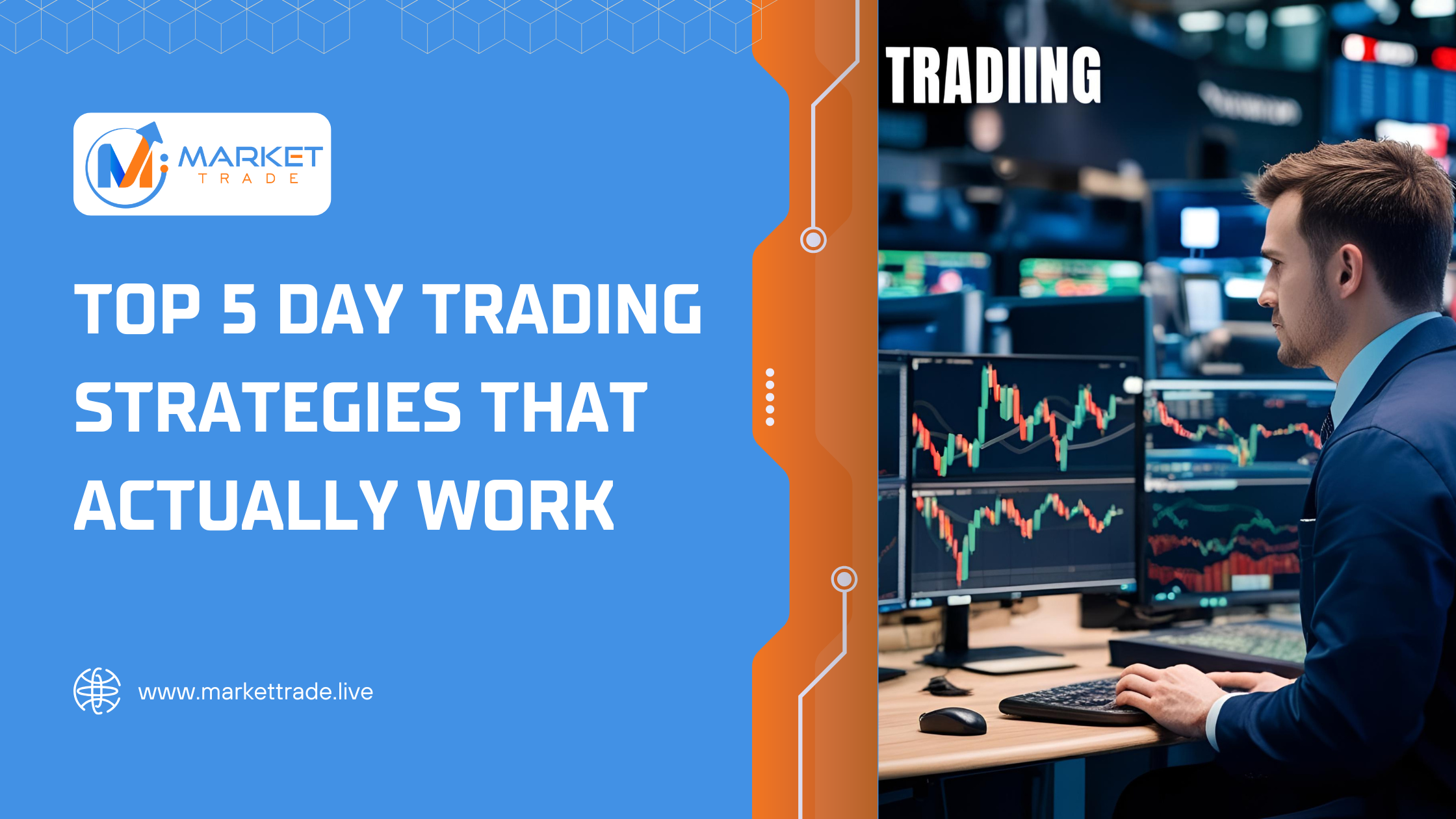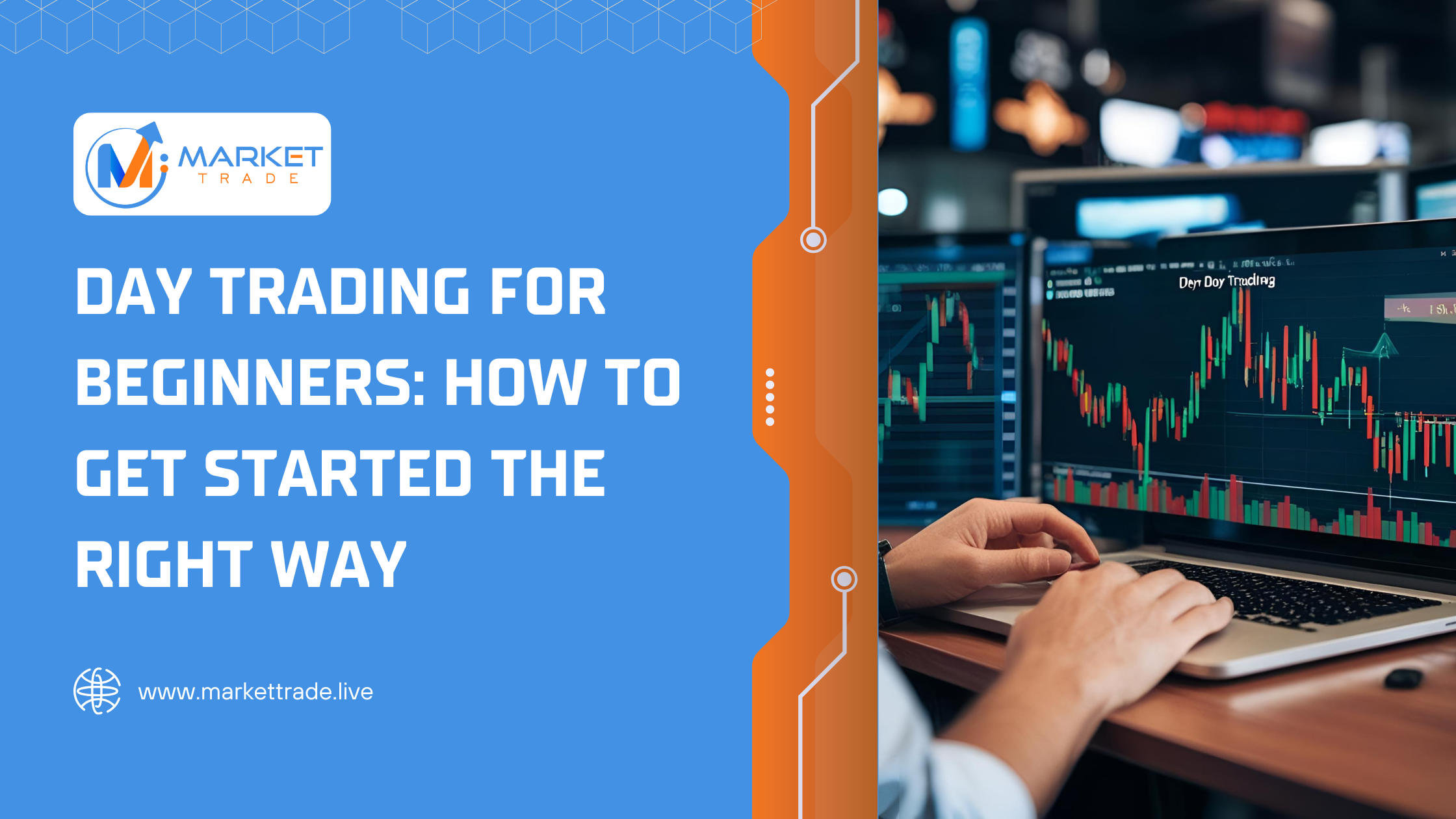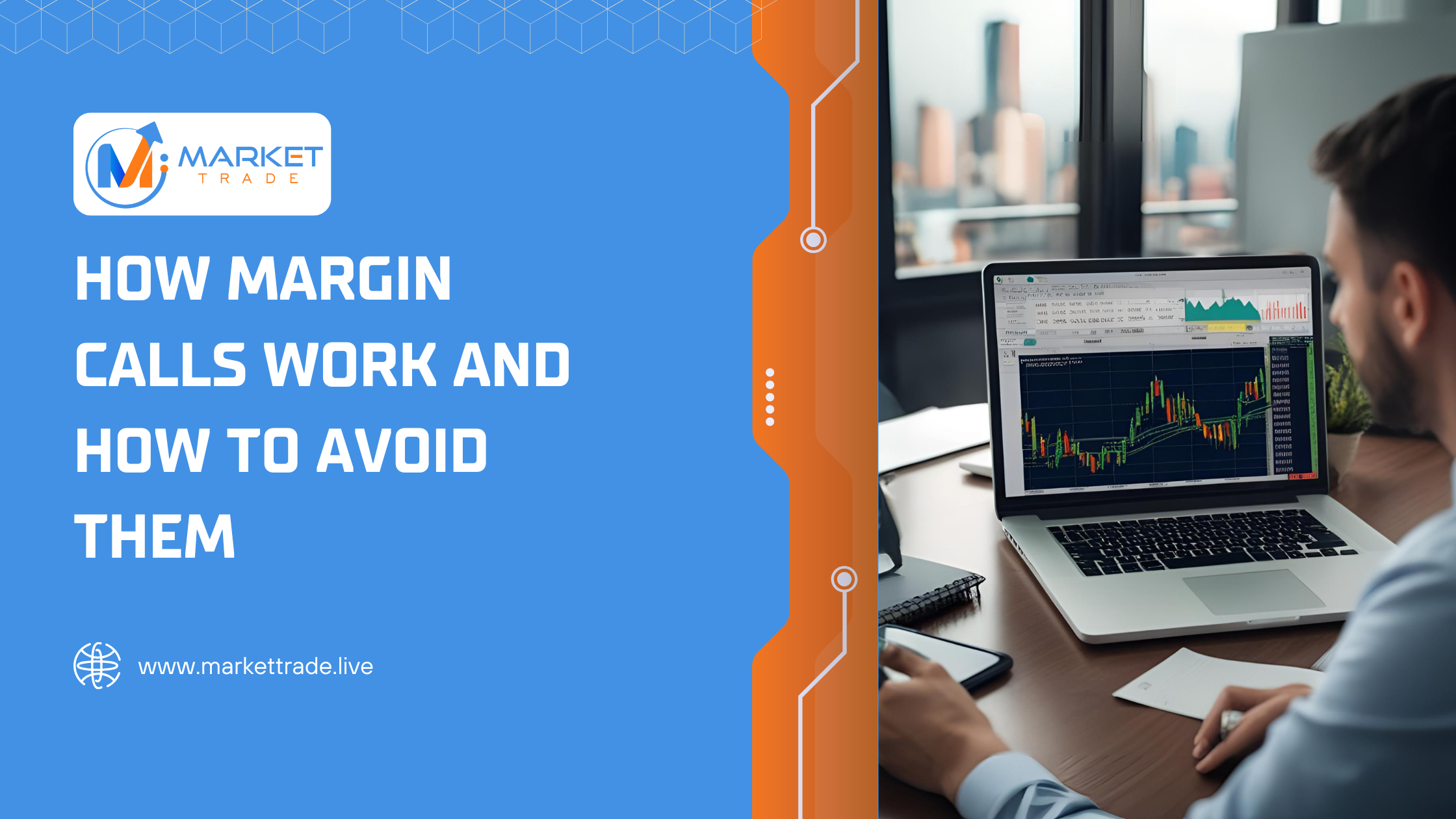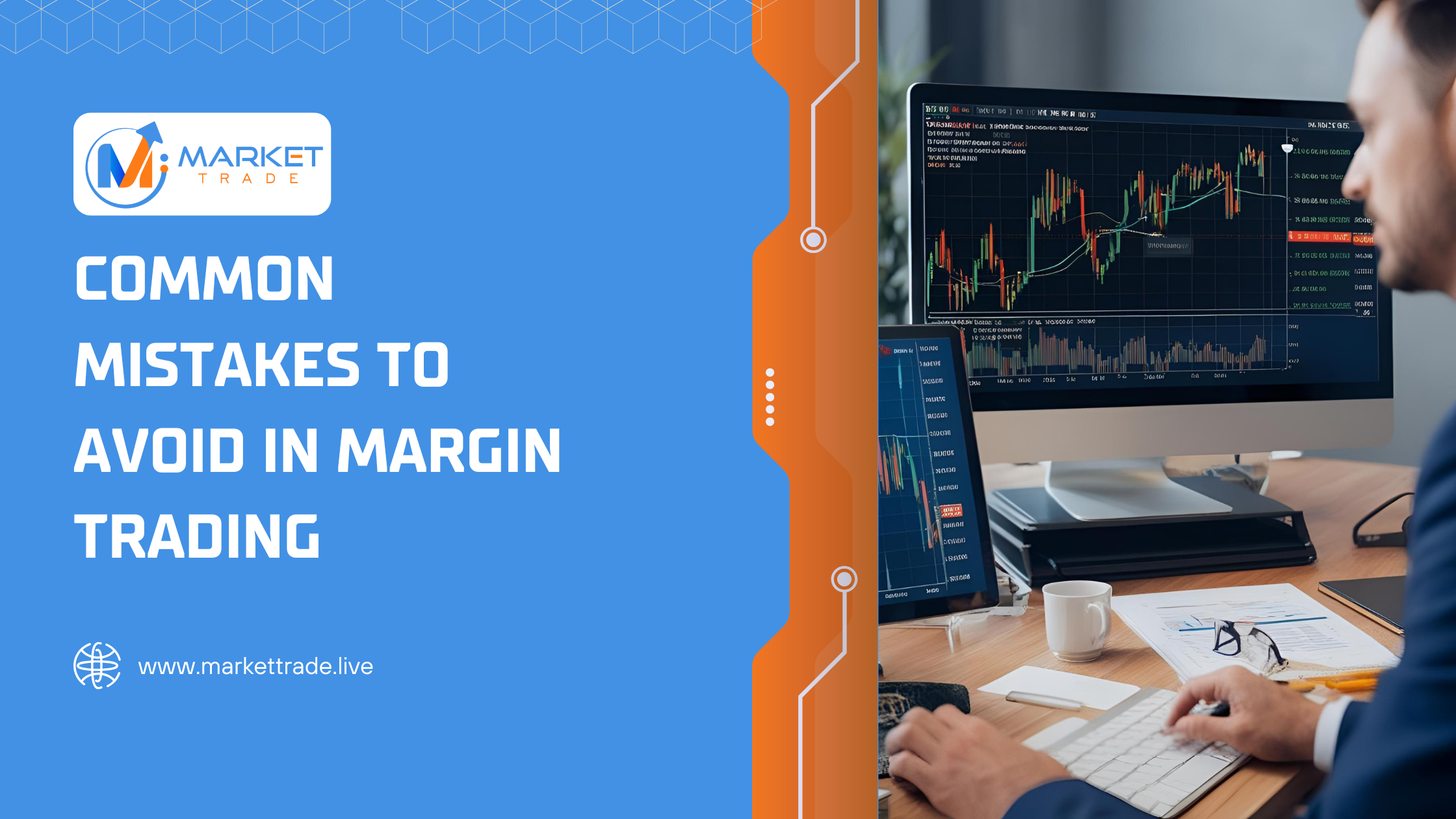
Day trading is one of the most exciting — and potentially profitable — forms of trading in the stock market. But without a solid strategy, it can quickly become a losing game. The good news? You don’t need a complex system to succeed. In fact, some of the most effective day trading strategies are simple, tested, and beginner-friendly. In this post, we’ll cover the top 5 day trading strategies that actually work — helping you make smarter decisions and trade with confidence. ✅ Why You Need a Day Trading Strategy Day trading is fast-paced. With multiple trades happening in the same day, having a plan is critical to avoid emotional decisions. A good day trading strategy helps you: Identify high-probability trade setups Reduce emotional and impulsive trades Set clear entry and exit points Control risk and protect capital 🧠 Before You Start: Tools You’ll Need Before using any strategy, make sure you have: A reliable trading platform like Market Trade Live market data and technical charts Access to key indicators (RSI, VWAP, MACD, EMA) A demo account to test your strategy risk-free 📈 1. Breakout Trading Strategy 📌 What It Is: Breakout trading involves entering a trade when the price breaks above resistance or below support with strong volume. ✅ When to Use: After consolidation periods During opening volatility (9:15 AM – 10:30 AM IST) 🔧 How It Works: Identify key support/resistance levels on a 5–15 minute chart Wait for a breakout with strong volume Confirm using RSI or MACD Enter trade; place stop-loss below the breakout zone 🛠️ Best Stocks: Reliance, ICICI Bank, Tata Steel 🔄 2. Moving Average Crossover Strategy 📌 What It Is: A crossover occurs when a short-term moving average crosses a long-term moving average, signaling a shift in trend. ✅ When to Use: Trending markets Mid-day or during low-volatility periods 🔧 How It Works: Use a 9 EMA (fast) and 21 EMA (slow) Buy when 9 EMA crosses above 21 EMA Sell when 9 EMA crosses below 21 EMA Confirm with volume spike or MACD 🛠️ Pro Tip: Combine with VWAP to avoid false signals. 🌀 3. RSI Reversal Strategy 📌 What It Is: The Relative Strength Index (RSI) shows when a stock is overbought (>70) or oversold (<30), signaling potential reversals. ✅ When to Use: Range-bound or sideways markets 🔧 How It Works: Look for RSI > 70 (sell signal) or RSI < 30 (buy signal) Confirm with candlestick reversal patterns (like hammer or engulfing) Use tight stop-loss due to quick reversals 🛠️ Works Best On: High-volume stocks like HDFCBANK, INFY, ZOMATO 💹 4. VWAP Pullback Strategy 📌 What It Is: VWAP (Volume Weighted Average Price) represents the average price based on volume — a key institutional trading level. ✅ When to Use: All day, especially post-lunch (1 PM – 2:30 PM IST) 🔧 How It Works: Wait for the stock to pull back near VWAP after a trending move Buy if price bounces off VWAP in an uptrend Sell if price drops below VWAP in a downtrend 🛠️ Ideal For: Scalping quick intraday moves Confirmation with MACD or EMA 📊 5. Gap and Go Strategy 📌 What It Is: Used to trade stocks that gap up or down significantly at market open due to earnings, news, or upgrades. ✅ When to Use: Immediately after market open (9:15 – 9:45 AM) 🔧 How It Works: Pre-market: Scan for stocks gapping up/down Wait for the first pullback or breakout after opening range Enter trade with small position size and tight stop-loss 🛠️ Risk Factor: Can be volatile. Ideal for experienced traders using tight risk control. 🧠 Pro Tips for Using These Strategies ✅ Always use a stop-loss✅ Start with a demo account before going live✅ Don’t trade all strategies — master one or two✅ Avoid trading during major news events unless you’re experienced✅ Keep a trading journal to track what works 🛠️ Best Tools for Day Trading Strategy Execution Market Trade platform – fast, reliable, and beginner-friendly TradingView charts – advanced charting for analysis Economic calendar – stay updated on news & earnings Mobile trading app – trade on the go ✅ Conclusion Successful day trading isn’t about luck — it’s about applying the right strategies with discipline and risk management. The strategies we’ve covered — Breakout, EMA Crossover, RSI Reversal, VWAP Pullback, and Gap and Go — are proven methods used by top intraday traders. Master just one of these and you’ll already be ahead of most beginners. Ready to Trade with a Strategy That Works? Join Market Trade, your all-in-one trading platform built for intraday traders. Access real-time charts, instant order execution, and zero hidden fees. 👉 Create your free Market Trade account today and test these strategies like a pro!










